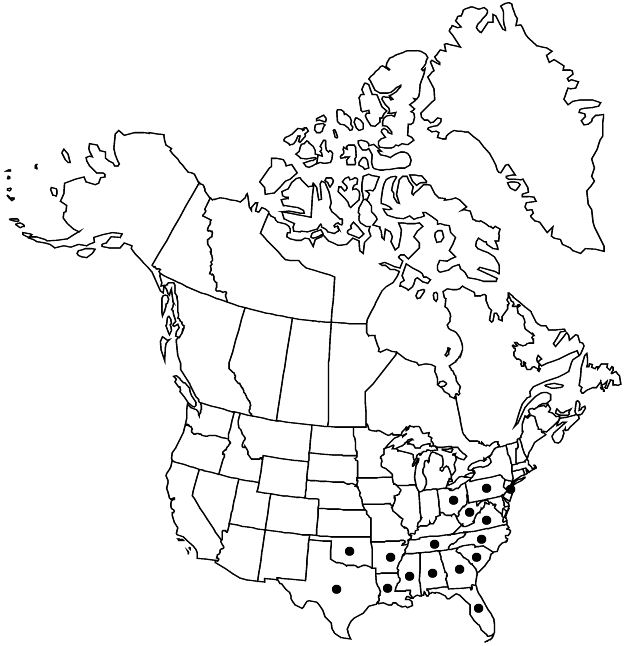Difference between revisions of "Agrimonia microcarpa"
Beitr. Bot. 1: 39, plate 1, fig. 3. 1842.
FNA>Volume Importer |
imported>Volume Importer |
||
| Line 65: | Line 65: | ||
|publication year=1842 | |publication year=1842 | ||
|special status=Conservation concern;Endemic;Illustrated | |special status=Conservation concern;Endemic;Illustrated | ||
| − | |source xml=https:// | + | |source xml=https://bibilujan@bitbucket.org/aafc-mbb/fna-data-curation.git/src/bb6b7e3a7de7d3b7888a1ad48c7fd8f5c722d8d6/coarse_grained_fna_xml/V9/V9_512.xml |
|subfamily=Rosaceae subfam. Rosoideae | |subfamily=Rosaceae subfam. Rosoideae | ||
|tribe=Rosaceae tribe Agrimonieae | |tribe=Rosaceae tribe Agrimonieae | ||
Revision as of 00:30, 28 May 2020
Herbs, 3–11 dm. Roots: tubers ± narrowly oblong, thickened. Stems with short-stipitate-glandular hairs and pubescent to villous and hirsute (hairs scattered, erect, 3–4 mm, stiff). Leaves: mid cauline stipules ± falcate to ± 1/2-round, margins deeply incised; major leaflets 3–9 (mid cauline 5–7), minor 0 or 1 pair; major leaflet blades obovate to elliptic, terminal largest, largest of these 2.9–7 × 1.7–3.7 cm, margins serrate to dentate, apex obtuse to acute, abaxial surface rarely with glistening sessile-glandular hairs and pubescent to pilose and hirsute (hairs stiff, scattered, 1–2 mm, densest along major veins). Inflorescences: axes pubescent to villous and hirsute (hairs stiff proximally, erect and 2 mm to ascending distally and 1 mm). Flowers usually ± alternate. Fruiting hypanthia turbinate to obconic, 2.2–4 × 3–4.6 mm, ± deeply sulcate, hooked bristles in 3 circumferential rows, proximal row spreading 45–90°, glandular-hairy (hairs short-stipitate), grooves strigose, ridges rarely sparsely hirsute (sepal bases rarely pubescent along rim).
Phenology: Flowering late Jul–Sep.
Habitat: Edges, open spaces and thickets, deciduous or mixed pine-deciduous woods
Elevation: 0–600 m
Distribution

Ala., Ark., Fla., Ga., La., Miss., N.J., N.C., Ohio, Okla., Pa., S.C., Tenn., Tex., Va., W.Va.
Discussion
Of conservation concern.
The ranges of Agrimonia microcarpa and A. pubescens overlap from North Carolina through Arkansas. Only rarely do populations of either species occur in the range of the other species beyond that contact area. Plants occurring within the range of A. pubescens that resemble A. microcarpa but lack one or more of the above characteristics have been included in A. pubescens. Observations of plants of A. pubescens grown from seed in the garden at Northern Illinois University suggest that some, if not most, plants resembling A. microcarpa are young second-year plants or are under stress. Ambiguous identifications are most clearly resolved when mature fruits are present.
Selected References
None.
